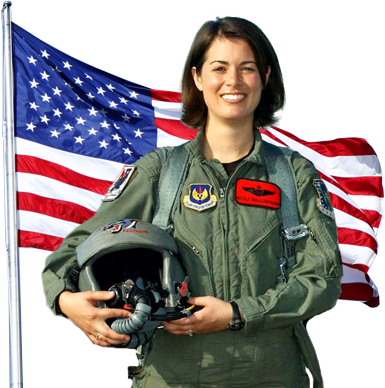
Chocolate Mountain Aerial Gunnery Range, California. (April 3, 2025): It is seven weeks of the most demanding flying, and classroom work, in Marine Corps aviation. In the photo above, Marines conduct a close air support exercise as part of the Corps Weapons and Tactics Instructor Course (WTIC). Hosted by Marine Aviation Weapons and Tactics Squadron One stationed at Yuma, Arizona, the WTIC prepares instructors to be subject matter experts in aircraft and weapons, knowledge they will bring back to their operational squadrons.
The course focuses on integrating the six functions of Marine aviation, including air command and control, air assault, anti-air warfare, naval gunfire support, tactical support, and rotary wing aviation, in a simulated environment. Aviators are put through a series of increasingly complex combat scenarios in which they must plan and implement advanced air and ground tactics. If successful, graduates will become certified Weapons and Tactics Instructors.
The course is led by highly experienced and fully qualified officers from all aviation communities, as well as ground combat, combat support, and combat service support personnel. Flights are conducted on the sprawling Chocolate Mountain firing range; a 459,000 acre mix of mountainous terrain and empty deserts. Flyers practice maneuvering and tactics; air-to-air gunnery; close air support; and air-to-ground bombing, strafing, and rocketry.
Chocolate Mountain is where Marine Aviators go to sharpen their flying skills to a razors edge.


